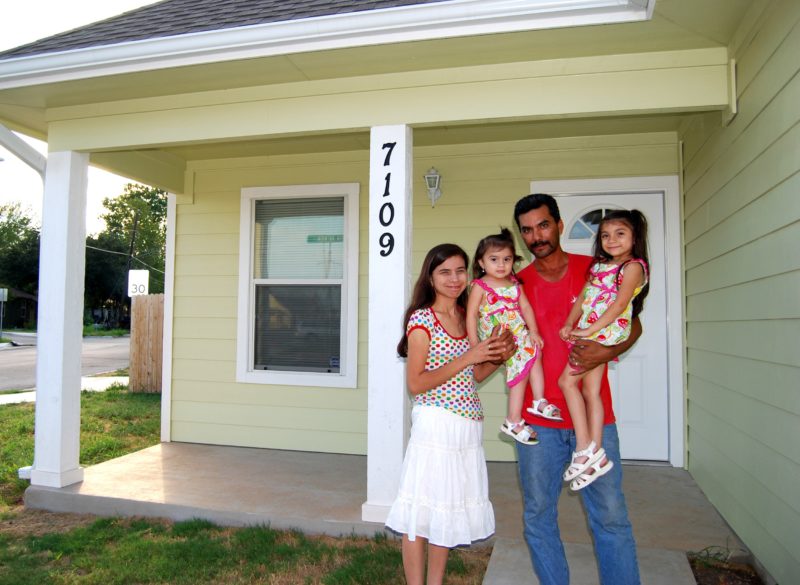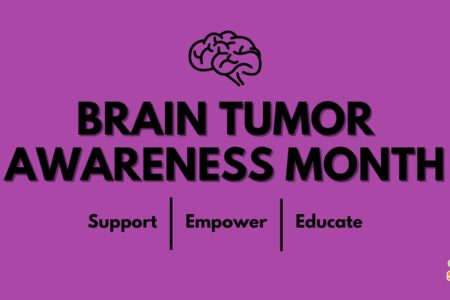
Share On Social!
One of the key social determinants of health is a simple one that often goes overlooked. Where you live has a lot to do with how healthy you are going to be. Many Latinos are often forced to live in low-income, high-poverty, high-crime areas.
These areas often have limited access to active spaces, healthy food choices, and health care. These inequities play great impact on the future success of many Latino youths.
A recent study of public housing areas in Denver, Colo. (31% Latino population), that showcases the vast benefits of neighborhood economic diversity on Latino youths. The researchers chose Denver because of the wide-range of neighborhood options available to affordable housing users.
In order to reduce health disparities, it is critical to address inequities in programs, practices, and policies. Join our site, connect with others, and get involved.
“Most jurisdictions put public housing in large-scale apartment buildings in disadvantaged neighborhoods,” said George Galster, a professor of urban affairs at Wayne State University and one of the study’s co-authors in an interview with The Atlantic. “Denver has some of that, but it’s more likely that families will be assigned to other areas, from wealthy suburbs to everything in between.”
Since residents were randomly assigned to the affordable housing areas rather than self-selecting them, this gave the researchers a unique opportunity. Galster and his colleagues looked at neighborhood elements such as income level, employment rate, and crime prevalence. They also held extensive interviews with residents.
Results of the study, entitled “Moving to Opportunity,” were taken for black and Latino youths and while the outcomes varied, one thing became eminently clear. Economically diverse neighborhoods benefitted both greatly. The outcomes ranged from better educational performances in elementary and secondary schools to lower dropout rates.
“It’s clear that low-income Latino and African-American kids do better on a variety of outcomes when they have folks of a higher occupational status surrounding them,” Galster said.
Read more about this research here.
Read stories similar to this one:
- A new list details the least- and most-stressed cities in the U.S. #SaludAmerica #HealthEquity http://salud.to/2lTIbq3
- Heavily #Latino populated cities are among the hardest working in the U.S. #SaludAmerica #HealthEquity http://salud.to/2mFSv4M
Explore More:
Healthy Families & SchoolsBy The Numbers
142
Percent
Expected rise in Latino cancer cases in coming years



